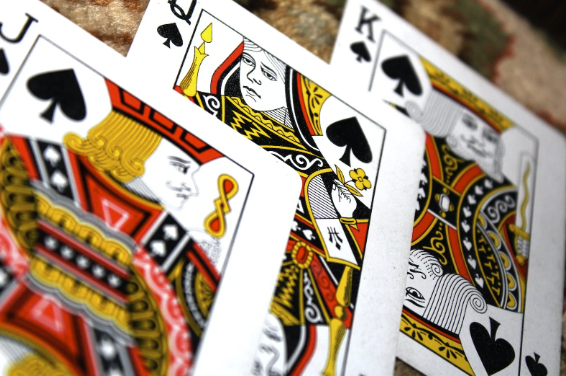Bluffing is an integral part of the game of poker and is often what separates the skilled players from the amateur ones.
It involves deceiving your opponents into believing you have a stronger hand than you actually do, in order to get them to fold their cards and win the pot.
This can be a risky tactic, but when done correctly, it can be a highly effective way to increase your winnings.
How to Bluff
Bluffing requires a great deal of skill, experience, and knowledge of the game. It’s important to understand your opponents and know when they are likely to call your bluff.
Timing
Timing is crucial in bluffing, as is the ability to read your opponents’ body language and betting patterns. It’s also important to understand the psychology of your opponents and what drives their decision-making.
Confidence
One of the most important factors in successful bluffing is confidence. You must be able to sell your bluff convincingly to your opponents, and that means acting confident and displaying a sense of conviction.
Body Language
Your body language and betting patterns must also be consistent with the story you are trying to sell. For example, if you’re bluffing that you have a strong hand, you should bet confidently and make sure your body language doesn’t betray any signs of weakness.
Knowing the Pot and Other Players
Another important aspect of bluffing is knowing when to bluff. This requires a deep understanding of the game, the rules, and the other players at the table.
There are several key times when bluffing is more likely to be effective, such as when the pot is large, when your opponents are showing signs of weakness, and when you have a position of strength.
Don’t Overuse Bluffing
However, it’s also important to remember that bluffing too often can be counter-productive.
Overusing the bluff can lead to players catching on to your tactics, and once your opponents know you’re a bluffer, it will be much harder to convince them in the future. Bluffing should be used sparingly and only when the circumstances are right.
Different Types of Bluffs
There are several different types of bluffs in poker, including semi-bluffs, stone-cold bluffs, and deceptive bluffs.
Semi-Bluff
A semi-bluff is when you have a weaker hand but believe you can improve it on the next round.
Stone-Cold Bluff
A stone-cold bluff is when you have no hand at all, but are trying to convince your opponents to fold anyway.
Deceptive Bluff
A deceptive bluff is when you have a good hand, but are trying to convince your opponents that you have a better hand than you actually do.
Conclusion
Bluffing in poker can be a highly effective way to increase your winnings, but it also requires a great deal of skill, experience, and knowledge of the game. It’s important to understand your opponents, know when to bluff, and be confident in your actions.
Additionally, it’s important to remember that bluffing too often can be counter-productive, so use it wisely.
In short, bluffing is an important aspect of the game of poker that can help you increase your winnings.
It requires a deep understanding of the game, the rules, and your opponents, as well as a high level of skill, experience, and confidence. When used correctly, bluffing can be a highly effective tactic, but it should be used sparingly to avoid giving away your tactics to your opponents.


